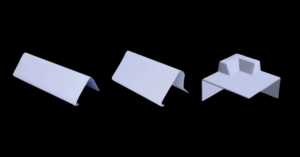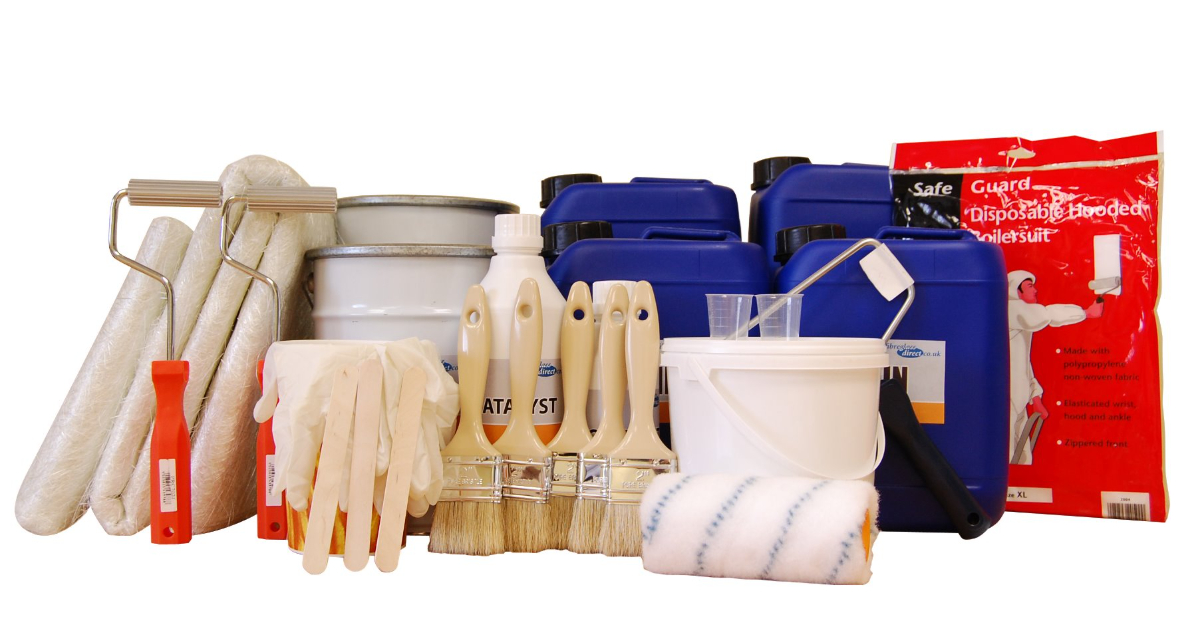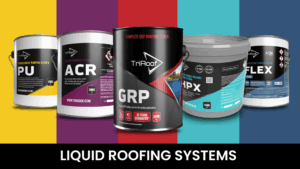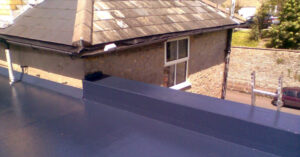
Guide to Choosing the Right Roof Trims
Boost your flat roof’s performance and appearance with the perfect GRP trims. Get expert advice and top product tips in our complete guide.
We value your privacy
Our website uses cookies to enhance your experience. By continuing to use our website, you are agreeing to our use of cookies. Necessary cookies are always enabled. You can read more about our Cookie Policy in our Privacy policy
We value your privacy
Strictly Neccessary
Essential cookies enable core website functionality, such as secure logins and preference settings, without tracking personal activities or collecting data for ads. They ensure the site's proper operation and legal compliance, remaining always active
Preferences
Preference cookies enhance your browsing by remembering settings like language and regional preferences, tailoring the site to your needs without tracking activity across other websites
Statistical
Statistics cookies gather anonymous data on site interactions and page visits to help improve functionality, ensuring a smoother user experience without personally identifying users
Marketing
Marketing cookies are used to identify visitors across different websites, such as those operated by content partners or ad networks. These cookies allow companies to build a profile of a visitor’s interests and preferences, enabling the delivery of personalized ads that are relevant and engaging on other websites.
Cookies are small text files stored on your computer by websites you visit. They help users navigate websites efficiently and enable certain essential functions.
Cookies necessary for the website to function properly can be set without your consent, while all other cookies require your approval before being used in your browser.
Additionally, we use cookies to gather data for personalizing and evaluating the effectiveness of our advertising.
For more information, please refer to the Google Privacy Policy.
You can find the list of all the cookies that we use on our website here.
Fibreglass Roof Repairs

A roof repair is one activity that is best undertaken after careful and thorough preparation. There are many types of flat roofing systems, each using different materials and each requiring different methods of repair. In order to approach a fibreglass roof repair-or any other repair successfully, it is important to first identify which system you will be carrying out the repair of.
Some common flat roofing systems are:
Concrete: This consists of a solid slab of concrete which caps the top of a structure or building
Asphalt: This is a bitumen based type of roofing product which has a stone, grey like appearance
Felt roofing: This is a more traditional and common method of roofing. Common on old wooden shed structures. The surface finish has a gritty, rough texture like sandpaper. This protective barrier is constructed of layers of bitumen.
EDPM: This is a synthetic rubber roofing membrane
Fibreglass / GRP Roofing: This is a liquid roofing system which uses Fibreglass Matting, Topcoat and Resin to form a waterproof barrier
For the purpose of this article we will be examining how to repair a Fibreglass or Glass Reinforced Plastic (GRP) flat roof. The steps outlined below are for a standard flat roof repair. If you require further assistance, please contact us or view our FAQ section.
Damage to the laminate manifests in four ways. These consist of tears, holes (or punctures), crushed core laminate or delamination.
Quickly identify if damage has spread beyond these initial damage indicators. Tap the surface of the laminate with a coin to attempt to find any sound changes between solid and crushed laminate.
At this stage it is important to identify the type of resin used during original construction. Any repair carried out to an original roof is a secondary bond. If the roof is constructed using an Epoxy Resin, then it is important to also use Epoxy Resin during the repair process.
Match all repairs as closely as possible to the original build. Once you identify the product type it is time to measure the repair area and choose what type of glass fibre reinforcement that you will require.
After completing the prep work it is time to fill the damaged zones. Mix resin and catalyst until the texture and viscosity is that of mayonnaise. Apply this mixture into the repair area, filling above the repair horizon. Then allow to cure.
If scratches or damage is severe and deep add milled fibre to the repair mixture prior to application. This will give it a stronger and thicker consistency.
Once cured, the repair area can be sanded down until level and blended. Now it is time to move on to the next stage, which is applying laminate.
Once again, examine the size of the repair area, then pre-cut the glass fibre material into different sized layers. Usually two layers are sufficient. Apply one layer slightly smaller than the repair zone (or sanded zone), then a second which is large enough to cover the entire area that is sanded.
It is now time to mix the polyester resin with catalyst (2%). The catalyst (2%) when mixed through thoroughly at room temperature should allow for a working time of 15 minutes before the mixed product sets, or cures.
Apply the mixed resin to the repair area and then begin to apply the cut layers of glass fibre. Begin with the smaller sized cutting. Once applied, coat with resin using a brush. When no dry patches remain, apply second cutting. This larger cutting will normally be around 20mm larger than the initial repair area. Repeat the process as with first cutting.
After applying resin with a brush and ensuring that both layers are wet through, use a paddle roller to make sure there are no air pockets. Then leave to cure.
When cured, sand the area until uniform and then clean down using Acetone.
Apply a final layer of Topcoat in order to achieve a professional and waterproofed finish. The Advised rate of Topcoat application is 500g/per m2.
Mix the Topcoat with a catalyst at a rate of 2% and applied to the roof with a roller or brush.
TriRoof offer a complete and comprehensive range of professional Fibreglass roof repair products.
Our Fibreglass/GRP kits include a range of materials, including many of those outlined above. This includes Fibreglass Matting, Lloyds Approved Resin, Topcoat and Tools.
If you have any questions relating to Fibreglass Roofing materials and its application, please contact our sales team today.

Boost your flat roof’s performance and appearance with the perfect GRP trims. Get expert advice and top product tips in our complete guide.

Roofing resins like Original GRP, HPX, MultiFlex, Polyurethane, and Acrylic offer unique benefits for residential and commercial properties. Learn about the advantages, applications, and features of each resin type to choose the best option for your roofing needs.

Upgrade your roof with quality materials for lasting performance and appeal. Explore the advantages of fibreglass kits. Read the full article now.

Fibreglass Roof Kits are becoming a top choice for homeowners seeking a durable, energy-efficient, and low-maintenance roofing solution. In this post, we explore the key benefits of fibreglass roofing, from easy installation and sleek aesthetics to long-term cost savings and